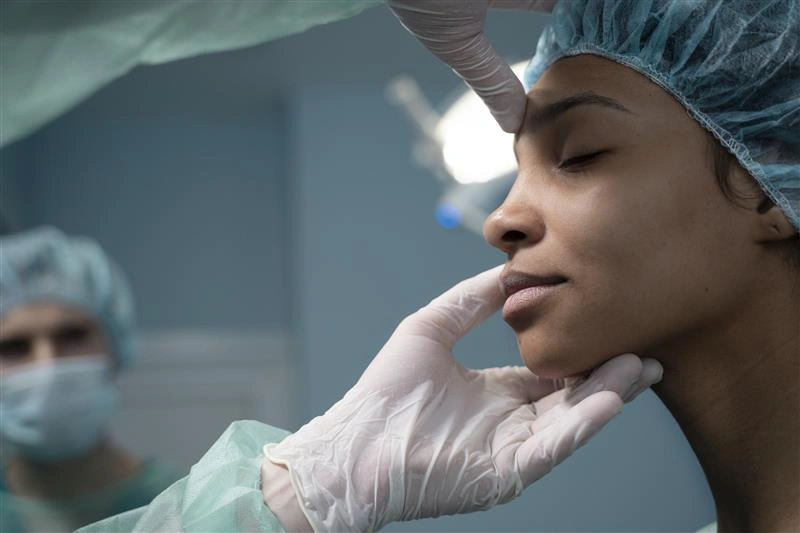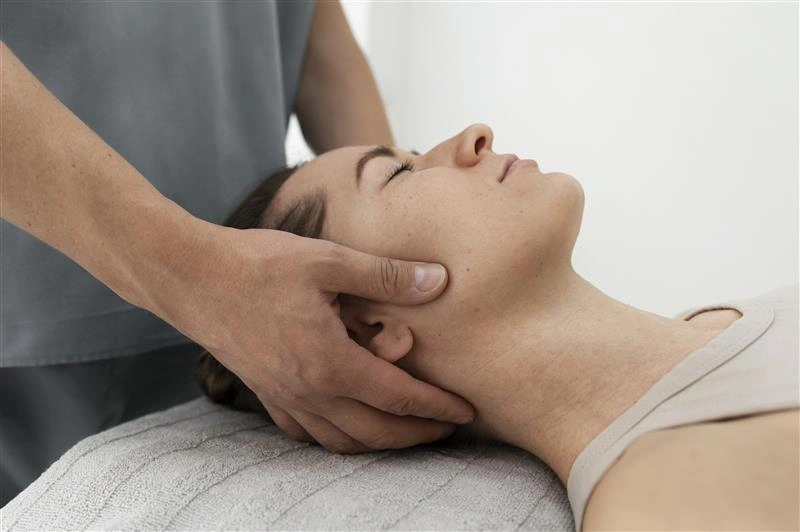Surgery should always be the last option; but it should be an option. As an easier way to explain, surgery should only be attempted when the TMJ goes into a permanent lock (ankylosis or bony union). When the initial treatments do not support the healing of your temporomandibular joint disorder (pronounced as ” tem·puh·roh·man·di·byoo·luh joynt di·saw·duh”), you can opt for surgical methods
when your TMJ pain becomes unbearable, making it difficult to carry on with your daily routines like opening your mouth, or chewing.
When the pain gets worse by the day, to a point that it becomes difficult to eat or drink.
When you face difficulty in opening your mouth because your jaw gets locked, making it painful to open your mouth to the slightest.
Your TMJ gets degenerated causing structural problems like rheumatoid arthritis or osteoarthritis
This is a minimally invasive TM joint surgery which bridges the gap between surgical and non-invasive TMJ treatment, involving a needle to drain off the joint of any infection, with a sterile fluid. This type of minor treatment is done using local anesthesia. It helps with immediate relief by the removal of the inflammatory fluid withing the joint but if the causes that led to the TMD remains, then the fluid will return again
This relatively complex invasive procedure involves an incision to access the TMJ directly. This type of treatment is done when a patient has bone chips, arthritis, joint wear, scarring or even tumours. The patient will then have to stay overnight to recuperate from the effects of the treatment.
Here, a thin tube with light and camera is directed inside your mouth through a small incision, to the affected area. This method of treatment is used for disc repositioning, scar or infected tissue removal and bone reshaping.
Here, surgical implants are placed after removing your degenerated TMJ, that causes severe pain and discomfort while opening or closing the mouth or while speaking. This is a severe case as the initial non-invasive treatment methods have failed. The chance of complete healing is very minimal due to the complex nature of the TMJ with its muscle attachments and neuro-vascular connections.
This surgical treatment is done by making a long incision and operating on the joint when all other initial TMJ treatments have failed. This is done under local anesthesia by a maxillofacial specialist, and you may have to stay in the hospital for a day for recovery from TMJ Surgery. Or take a couple of days’ leave to rest your jaw, without much movement to the joint.
Injury to the facial nerves leading to partial loss of movement and sensation or causes hearing problems in the nerves connected with the earlobes.
If the surgical site or the dental clinic is not up to hygiene standards, there is a risk of being infected, sometimes leading to serious conditions like prosthesis.
Post-surgery bleeding may also occur if necessary precautions are not taken by your dentist.
Damage to nearby tissues, blood vessels or any other organ like the ear, impairing your senses for a few hours to days.
You can consider surgery as your last option, if suggested by your TMJ specialist, as there may be jaw surgery risks and longer recovery time in this method. For the best TMJ treatment through non-invasive and effective methods, book your appointment with TMJ India and cure your jaw joint problems with easy solutions.
To treat the most complex of TMJ problems, contact us at TMJ India and get your appointment with our TMJ experts today!






